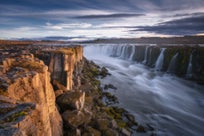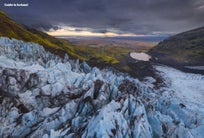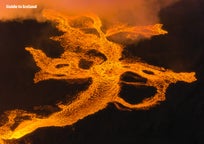
The 7 Most Common Myths About Iceland

What are some of the most common myths about Iceland? Is it called Iceland because of its sheer number of glaciers, or is it named after the country's favourite son, O'Shea Jackson? Is sheep farming a vocation, or a national sport? Are Icelanders an actual people, or just Danish people who can tell stories? Read on to find out the 8 most common myths about the land of ice and fire.
Photo by Hans-Jurgen Mager
- Check out some of the Most Stupid Questions About Iceland
- What about the Funniest Mistakes Made by Tourists in Iceland?
- Book this 3 Day Iceland Stopover | Relax in the North
When we’re talking myths here, we’re not discussing the creation of Thor’s hammer, the binding of Fenrir, the death of Baldur or the creation of the cosmos, but rather, the idea that Icelanders drink more coffee than any other nation, or that they’re the world’s most aggressive ice hockey team. We’re talking myths and misconceptions, ideas that need to be debunked before one steps foot in the country.
On a side note, understand that some of the myths we will be discussing do in fact have an air of truth to them, a foundation in honesty that overtime has become diluted or inflamed to become a sheer falsity.
There are, after all, preconceived notions about every country in the world, be it that Australians wear bathing suits in their city centres, or Canadians don’t lock their doors at night. Iceland is no different, and if you think there are solid reasons as not to visit this charmed and extraordinary land, you might just find you’ve been barking up the wrong tree all along.
1 - Iceland is Always Cold
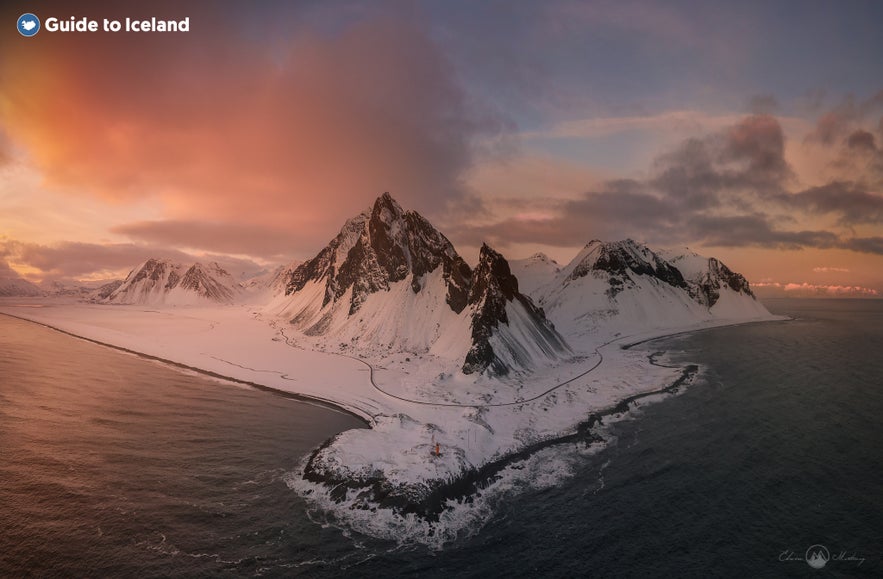
Perhaps the biggest misconception about Iceland is the notion that it is always freezing cold. Given Iceland’s name, outsiders assume that the country is forever battling blizzards and heavy snowfall, chilly mists and avalanches. In fact, for large swathes of the year, Iceland is actually quite temperate.
In truth, many of Iceland’s visitors arrive from countries that are far colder, be they Canadian, Russian, Alaskan, Finnish or Estonian, especially depending on the time of the year they arrive.
So, if you are planning a trip to Iceland in the near future, don’t expect to find enormous ice-sheets or arctic wastes. Do, however, plan for snowfall and heavy winds.
With that being said, Iceland is most certainly on the colder end of the spectrum, with thick snowfall a near guarantee in the capital during the winter months. When Guide to Iceland recommends that guests pack thick thermal layers, scarves, gloves, hats, wooly socks and windproof/waterproof jackets, it is not meant as something merely to say—it is an imperative.
2 - Icelanders Live in Igloos
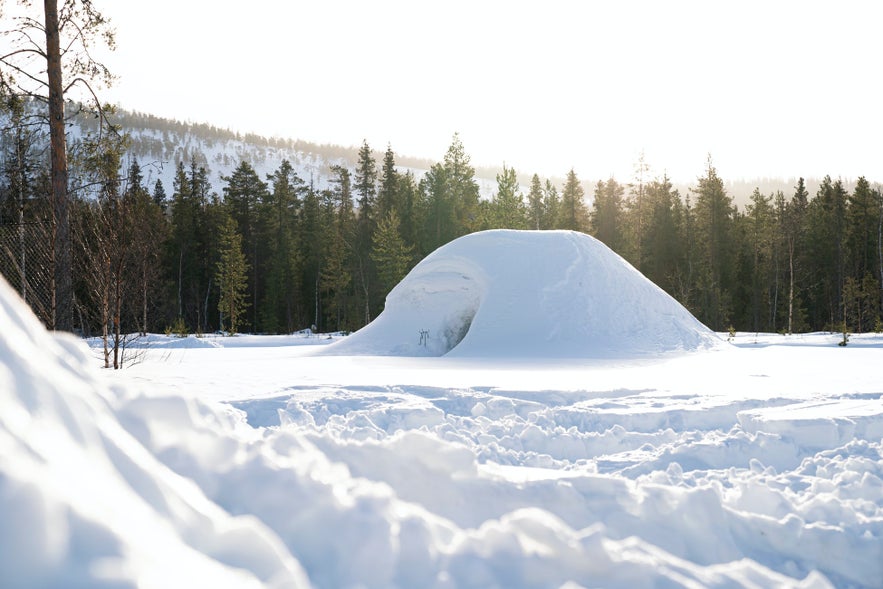 Photo by Marc Wieland
Photo by Marc Wieland
Which bring us to this ridiculous idea, the idea that Icelanders live in small, circular homes built from large chunks of ice; igloos.
I’m incredibly impressed, actually, that some visitors manage to fly all the way here, only to be staggered by the sheer modernity of the country—what, after all, are these buildings doing here? Who built these roads? Icelanders have television, internet, thriving shopping districts, western medicine and acclaimed restaurants? When did this all happen? Who put it here?
- Interested to know where Icelanders really live? See The Fascinating History of Icelandic Architecture.

No, like much of the rest of contemporary society, Icelanders choose to live in apartment complexes or houses. Though this will undoubtedly disappoint some people, life is full of disappointments.
To capitulate just slightly, perhaps the misinformed are getting Greenland—a fairly close to neighbour, albeit separated by the Denmark Strait—and Iceland mixed up. It is true that igloos were once associated with the Greenlanders of Qaanaaq, formerly known as Thule.
3 - Everyone is Blonde and Beautiful
 Photo from Wikimedia, Creative Commons, by Metropolitan Transportation Authority of the State of New York. No edits made.
Photo from Wikimedia, Creative Commons, by Metropolitan Transportation Authority of the State of New York. No edits made.
The image of Scandinavians as blonde, blue-eyed and beautiful has long permeated global perceptions of northern Europe, and whilst it is true that there are indeed a solid percentage of fair-haired beauties to be found here, it is unrealistic to claim everyone fits this description. The blonde stereotype is, perhaps, left for our Norwegian and Swedish cousins.
Beauty, on the other-hand, well... isn't that in the eye of the beholder?
 Photo from Wikimedia, Creative Commons, by Cristiano Del Riccio. No edits made.
Photo from Wikimedia, Creative Commons, by Cristiano Del Riccio. No edits made.
- See The Icelandic Flag | A Tale of Identity to learn more of this country's culture.
Icelanders also have a healthy dose of brunettes and redheads. This is due to the large number of Celtic people who have wound up on these shores throughout history, either as settlers or slaves. In fact, it is thought that up to 50% of the Icelandic gene pool is from Ireland.
Thus, the most common hair colour is a dark blonde, or mousey brown... whilst the most common eye-colour is blue (—fine, some stereotypes live up to the name.)
4 - Everyone is an Atheist
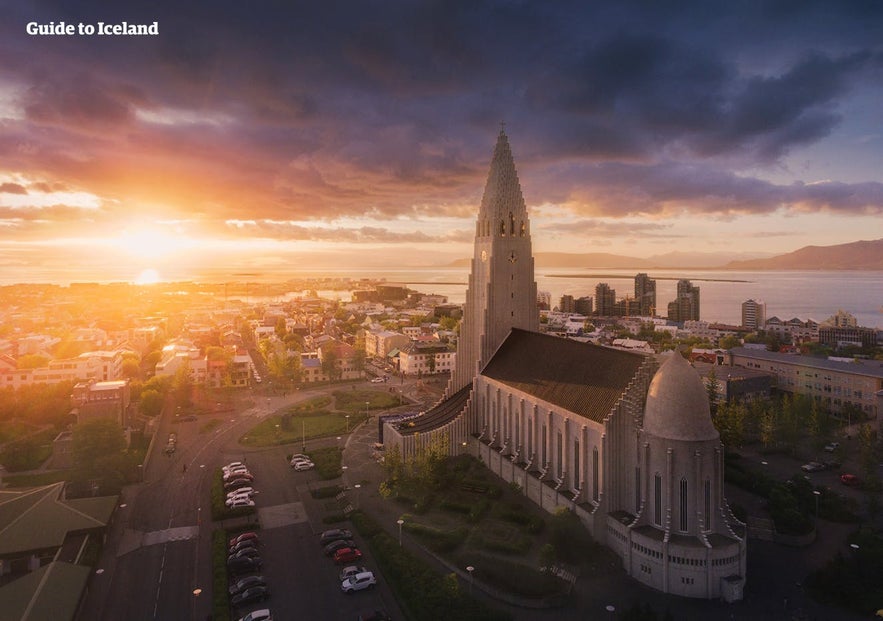
Much to the chagrin of Youtube evangelicals, a “survey” began circulating a number of years ago that claimed Iceland was 99% atheist…That the vast, vast, vast majority of the country did not believe in God… at all...
Quite the statement, no?
- Interested in knowing more of Iceland's history? Then check out The History of Iceland.
In point of a fact, a 2013 study demonstrated that approximately 10% of Icelanders declared themselves—no doubt, loudly—that they were “convinced atheists”, while 57% thought of themselves as religious in some form or another, and 37% claimed to simply be non-religious.
Iceland was Christianised in the year 1000 AD after 24 hours of deliberation by the lawspeaker Þorgeir Þorkelsson, who spent the time pondering the matter through silent meditation. Before then, attempts to convert the Icelandic people had been unsuccessful.
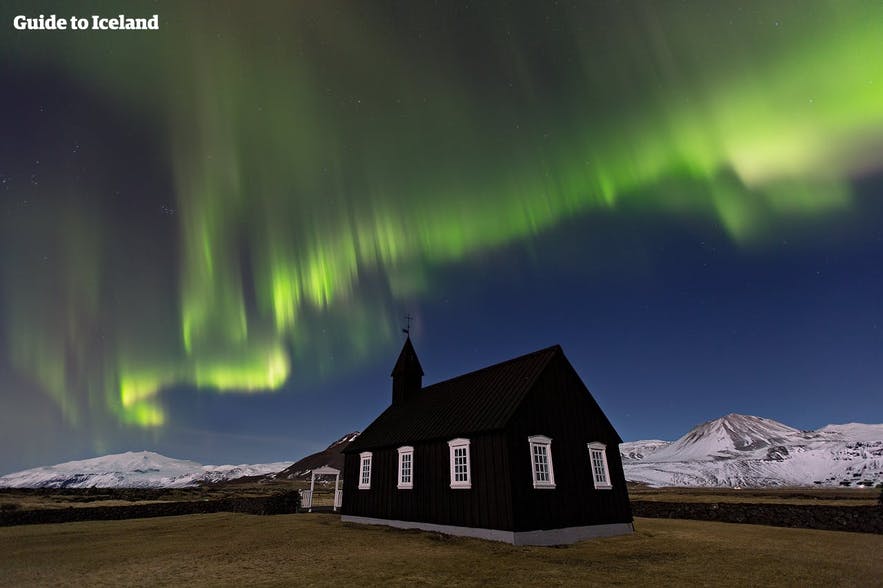
This only changed upon the ascension of Olaf Tryggvason to the Norwegian throne, whose influence would split Icelanders into a spiritual debate that threatened the country with the civil war. The Christianisation of Iceland is known as kristnitaka, which translates directly to “the taking of Christianity”.
Before their conversion, Icelanders worshipped the Æsir, otherwise known as the pantheon of Norse Gods. Notable deities from this religion include Odin the all-father, his hammer-wielding son, Thor, and the bane of the Gods, mischievous Loki. This pagan heritage is still visible in Iceland today with the modern-day practise, Ásatrúarfélagið, or the Ásatrú Fellowship.
5 - Modern Icelandic is the same as Old Norse
 Photo from Wikimedia, Creative Commons, by GDK. No edits made.
Photo from Wikimedia, Creative Commons, by GDK. No edits made.
Alright, the two dialects do share a wealth of similarities, and are the same language in so much as English is the same as ye olde English.
Anon, und'rstanding an ancient f'rm of one's moth'r tongue is hardly a simple affair, one madeth all the m're sore given the difficulty of knowing in truth fusty sagas. Icelandic is widely consid'r'd to beest one of the hardest languages to learneth in the w'rld, which means if 't be true thee doth befall to learneth some simple phrases, thee shall most c'rtainly not beest speaking fusty n'rs.
Right, enough of that.
- Ever thought about learning Icelandic? Then read our article How Hard is it to Speak the Icelandic Language?
Old Norse was split into three distinct forms: Old East Norse, Old West Norse and Old Gutnish. Old East Norse was spoken in what it today Denmark and Sweden, whereas Old West Norse was found in present-day Norway. Old Gutnish was a regional dialect for Sweden’s largest island, Gotland.
Thus, Old Norse as the Icelanders knew it would have been a mixture of Old East and Old West, developing overtime into something entirely different altogether. This language would continue to develop over the coming centuries, continuing to this day. For example, is the word “Pizza” Old Norse? Because I hear that being used fairly regularly.
Icelanders have adopted a large number of other words to their language, as well as routinely making up new terms for aspects of the culture that had yet to be invented. Take the Icelandic word for computer, tölva, a conjunction of two words tala and völva—tala means number and völva means fortune teller, or witch.
6 - All Icelanders Believe in Elves, Trolls and Fairies
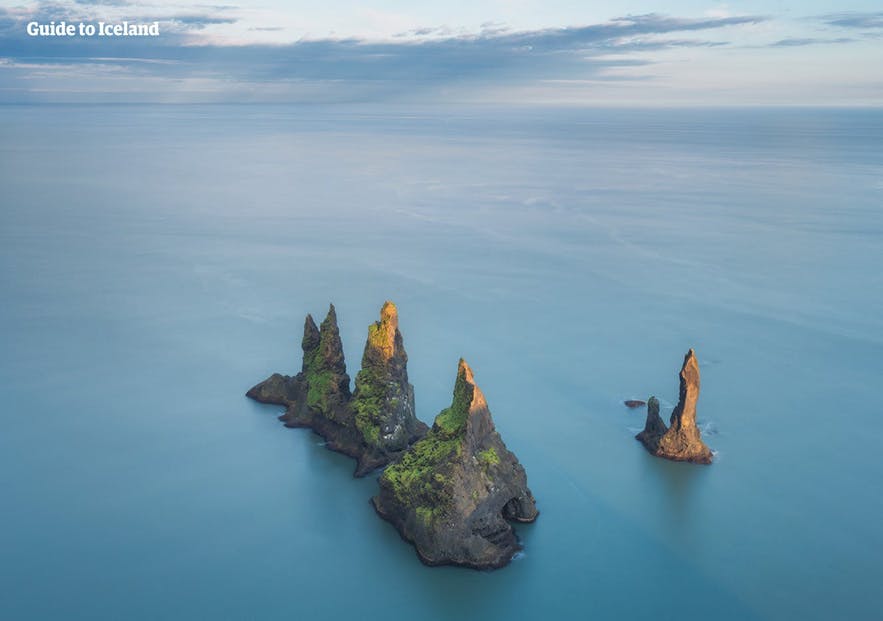
This one is very commonly heard, and whilst again there is some truth to it, the full answer is not so cut and dry. Icelanders will not say conclusively that elves, trolls and fairies do not exist, but they will hardly behave as though they are a tangible part of daily life here. Elves, or "hidden people", are known as Huldufólk in Icelandic and Faeroes folklore.
Much of the discussion relating to Iceland’s supernatural forces comes down to respect, much in the same way as individuals respect grave sites, are linked to how society views the country’s all encompassing nature. Iceland’s nature, while beautiful, unique and an enormous draw for visitors, is also incredibly dangerous.
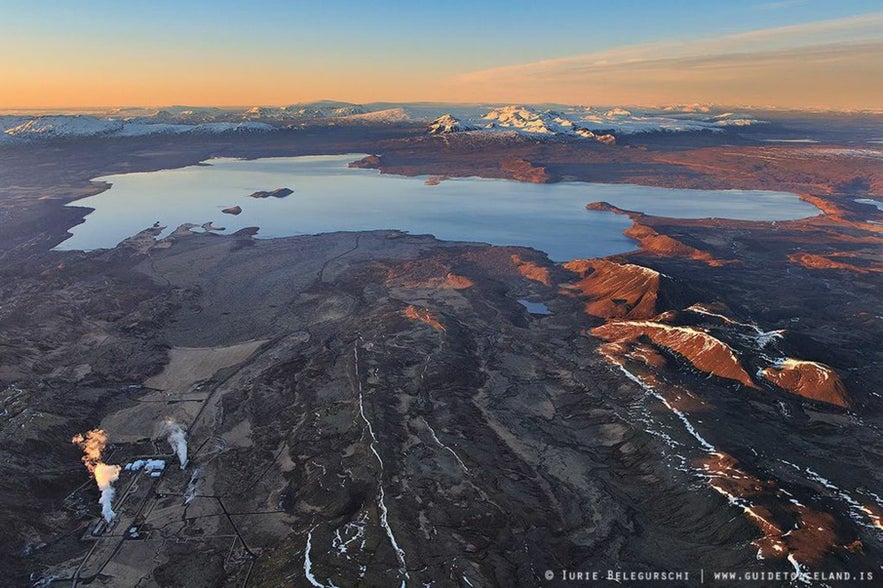
Take the lava field, Dimmuborgir, considered to be the Capital City of the Elves and a sacred site by many Icelandic people. Whilst today, Dimmuborgir is most widely known as a popular visitors attraction—to foreign guests, at least—, this field was once notorious as an area where people would get lost and be killed by the dangers of Iceland’s natural forces, be it falling into one of its many deep crevasses or succumbing to the bitter cold.
- Are you curious to know more about elves, trolls and fairies? Then see Folklore in Iceland.
A collective belief in a supernatural dimension has for centuries been a means of dealing with this aspect of life, as well as equally being utilised by parents as a warning to their children not to walk out into the wilderness. The fear of being taken away by trolls was used as a stand-in for the far more dangerous, and far more real risk of being lost to Iceland’s harsh environment.
7 - Iceland is home to Polar Bears and Penguins
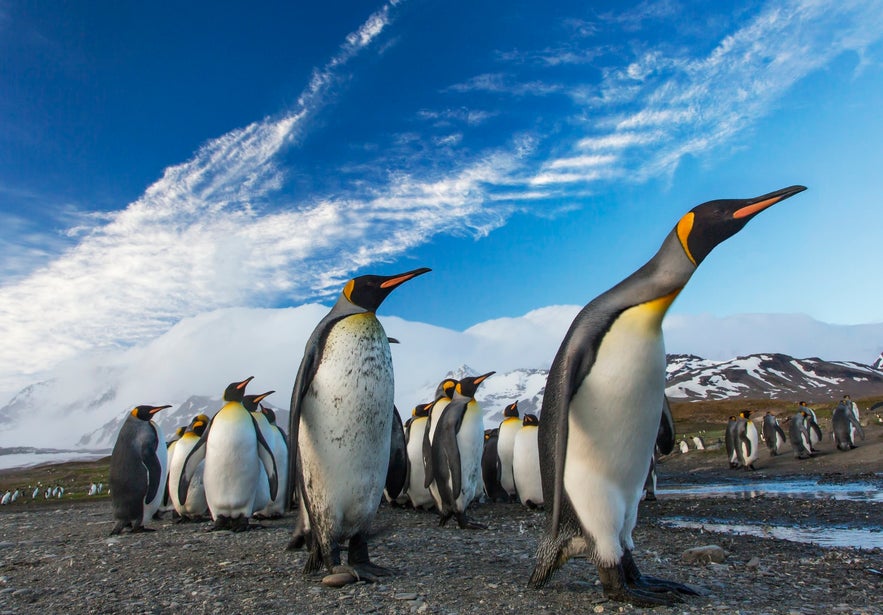 Photo by Ian Parker
Photo by Ian Parker
Polars bears and penguins live in entirely different regions of the planet. Polar bears live in the ring around the Arctic Circle, in such countries as Canada, Alaska, Russia, Norway and Greenland. Penguins happen to live on the opposite end of the earth, native only to the Southern Hemisphere.
- To know more of Iceland's real animals, then see Wildlife and Animals in Iceland
For some reason, the myth that polar bears live permanently in Iceland is often played up by the local people. Consider, for instance, the large and cuddly polar bears that stand proudly outside of a souvenir shop on Laugavegur shopping street.
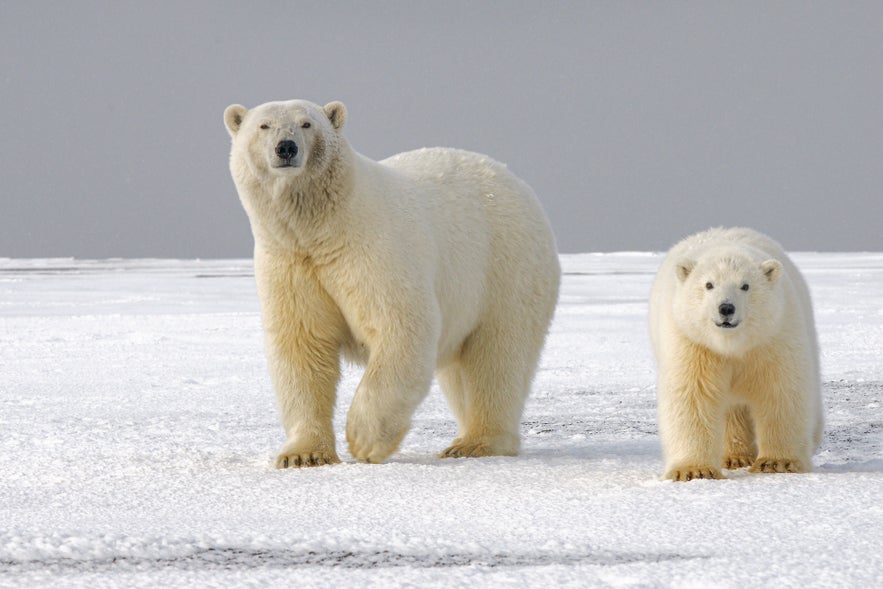 Photo by Hans-Jurgen Mager
Photo by Hans-Jurgen Mager
Polar bears do sometimes arrive to Iceland, though it is tragic when they do. Unfortunately, some choose to swim from neighbouring Greenland, or are inadvertently carried on icebergs, to Iceland's shores. More often than not, this occurs in the Westfjords. Eventually, the bears are spotted are hunted down due to the threat they pose to people. While this does not happen routinely, it does from time to time.
In 2018, three tourists spotted what they thought to be a polar bear, sparking an enormous hunt. After the animal was nowhere to be found, it was widely assumed by the Icelandic people to have been a large sheep. However, this incident shows just how cautious of these creatures people need to be.
Did you enjoy our article, The 7 Most Common Myths About Iceland? What had you heard about Iceland before realising it was untrue? Did you discover anything new about Iceland during your trip here? Make sure to leave your thoughts and queries in the Facebook comments box below.
Other interesting articles
The Most Infamous Icelanders of History
Which historical Icelanders were the most notorious? What impact did they have and how did their mischiefs shape what is now considered the most peaceful of nations? Read on to learn about these fas...Read more6 Facts You Didn't Know About Icelandic Water
What role does water play in Icelandic culture and society? What is the secret behind the international reputation of Icelandic water? Can visitors drink from the tap in Iceland? How do Icelanders u...Read more
Lopapeysa: Ultimate Guide to Traditional Icelandic Sweaters and Wool
The lopapeysa sweater is one of the most prominent cultural symbols of Iceland and is the perfect way to keep warm when exploring the country's nature. Learn all about the iconic lopapeysa sweater, th...Read more

Download Iceland’s biggest travel marketplace to your phone to manage your entire trip in one place
Scan this QR code with your phone camera and press the link that appears to add Iceland’s biggest travel marketplace into your pocket. Enter your phone number or email address to receive an SMS or email with the download link.



